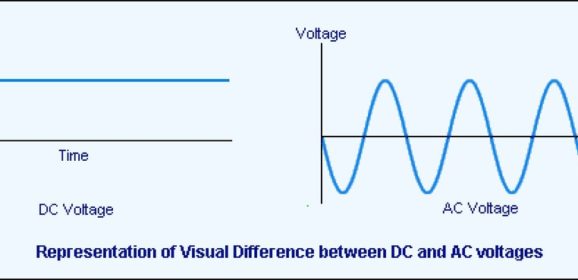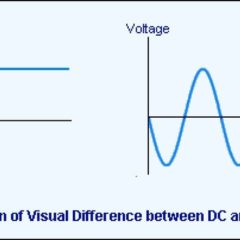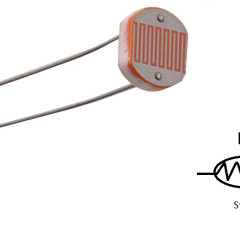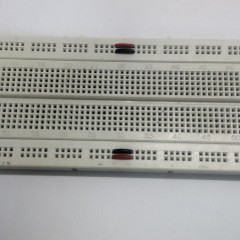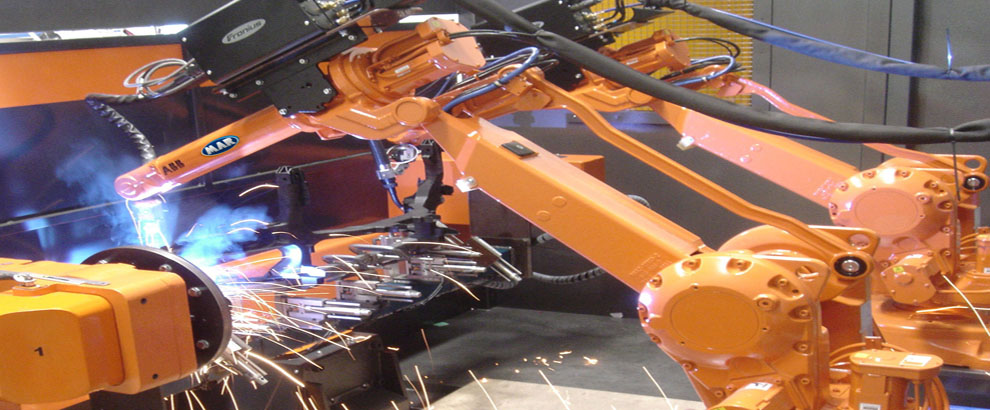Battery
In this section of our tutorial, you will understand about battery capacity, how long will it run, and other parameters. For example if the motor at the no load condition (which means you have not connected to any wheel or any gear to the motor shaft) is consuming 0.2 Amps and you are running the motor using 12 volt 1.3 Ah battery, now the motor will run for [1.3 (Ampere-hour) / 0.2 (Amperes)] will results in 6.5 hours, now...
Direct Current (DC) vs Alternate Current (AC)
In the line of robotics tutorial, we will see about AC and DC in this section. Almost all electronic components runs on DC, to understand it in simple terms, first let us know about how electrons flow in DC and AC using some small examples. Assuming, we have battery and a motor in which motor is connected directly to the battery after which the motor runs. Now if you watch closely the electron flow, it is very well known that...
How Servo Motor Works?
Before we look at the working, let us look at the basic components of servo motors: A Controlled Device A Output Sensor A Feedback System A servo motor can usually rotate 45˚, 90˚, 180˚. Servo mechanism is an automatic closed-loop control system in which the device is controlled by a feedback signal (instead of variable input signal) using the comparison of output signal and reference input signal. How Servo Motor Works? When you open...
How IC L293D runs a motor?
IC L293D is a 16 pin motor-driver IC that replicates the basic concept of a transistor. It is built-in with two H-bridge driver circuits to drive two DC motors simultaneously. One of the greatest advantages is that it can run the motor in both directions: clockwise and anti-clockwise. L293D Pin-Out: The L293D is designed to provide bidirectional current up to 600 mA, and the voltages from 4.5 v to 36 v. In this L293D, there are two...
Working of Light Dependent Resistor (LDR)
LDR (Light Dependent Resistor) is one of the most cheapest light sensor and most commonly used in light sensor circuits in open area (e.g. auto switching street lamps). It is made of semiconductor materials and the semiconductor used in this systems are cadmium sulphide, lead sulphide, germanium, silicon and gallium arsenide. The main role of LDR is, when the light increases resistance decreases and when the light decreases resistance...
Breadboard and it’s Uses
Breadboard is mainly used to develop temporary electronic circuits for trial and testing purposes. One of its greatest advantage is that it doesn’t require soldering for connecting the electronic components. All you have to do is to just push the leads of the electronic components straight into the holes. Breadboard has many tiny holes separated by 0.1”. At the top of the breadboard you can find two row’s, each row is...


